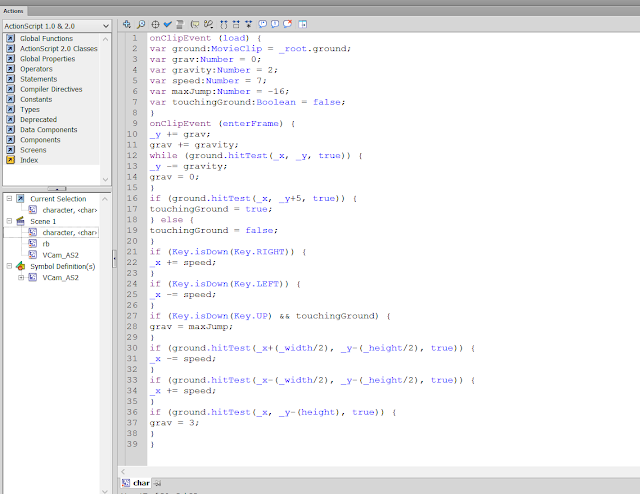Rayman Jungle Run was recently released onto the AppStore on November 15th. After playing the previous Rayman game 'Rayman Origins' on the PlayStation 3. I really wanted to see how they could convert such a fun addictive experience which in my opinion was best enjoyed in multiplier into a cohesive mobile gaming experience, especially using the touch screen.
Once I paid the £2.99 for the game, I eagerly waited to 'jump' in an investigate what Ubisoft's outcome was. Upon playing the game I instantly realised that the main question I had about how they could achieve a real sense of gameplay with a touchscreen was answered. Many games are butchered when transferred onto IOS or Android platforms when they just add a joystick icon and button icons to transform the mobile device into a control pad, when the mobile device is simply a flat surface and in my opinion does not effectively imitate that experience.

There are 40 levels within the game which give you a wide range of different scenarios to go through. You have to run through the various jungles collecting lums to progress throughout the levels of the game. One thing that I particularly found interesting was their use of progressively developing gamepay within the game. There are four different worlds with 10 levels each, and each world gives you a new power from just running and jumping, to floating, then to wall running and wall jumping.
In order to avoid using the control stick user interface, they simplified the game into a one button function in which you just have to tap the screen once to jump whilst the character is constantly running. If you tap the button a second time it activates the hovering helicopter as Rayman's hair propels to gain some air time.
To further analyse the game, I will break down the theory of the game into two segments of mechanics and aesthetics:
Mechanics: The mechanics of the game are very basic, it's the simple touch of a button to make Rayman jump.The interesting thing about this mechanic is that it progressively changes or develops. As said previously, you start with just a jump, but then by pressing the button twice or by pressing the right side of the screen, you enable Rayman to do a 'Whack' attack as seen in the image.

Although the mechanic is really basic, that doesn't distract from the fun and difficulty of the game. The timing is everything within this game. Once missed jump and you will end up hitting the spikes or missing a precious lum which will be the missing lum from the 100 you need to collect to complete the level.
The mechanic of jumping may be fairly simple, although it entails a lot more later on when you get the ability to do the 'hit' attack. You then are able to knock objects out of your way and progress throughout more complex levels. The choice of jumping early or late the plays a crucial role when you need to further progress throughout the game. Even a milisecond second too early will cause Rayman to fall to his doom.
Aesthetics: The aesthetics of Rayman play a huge role within this game, the simple jump function is backed up with a really smooth animation of Rayman jolting upwards with his hands animated in a joyous gesture. At the same time that he jumps, he voices his slight exertion in carrying out the action which gives the player a more re-enforced image of the realness of the jump.

The actual graphics of the game are short of stunning, with intense and vibrant colours and great contrast in bright and dark with highlighted objects and darker shadows. The atmosphere and mood of the game is sublimely captured within the beautiful scenery and the joyful and up beat orchestra of the game. The aesthetic appearance is definitely one of the strongest aspects of this game, which create a really effort emitting experience.
Overall, Rayman Jungle Run successfully executes simplicity of gameplay and visual brilliance of aesthetics, and although it is a short experience, it packs a satisfying result for the casual player and is a great example of focusing on the two core elements of a successful game, the gameplay and the graphics which is what makes this game so successful.
































